The News
At its latest State of the Nation briefing, SUSE outlined a unified strategy spanning Linux, Cloud Native, Edge, and AI aimed at helping enterprises build open, sovereign, and AI-ready infrastructure from the data center to the edge. The session highlighted advancements in AI-assisted infrastructure management, SUSE Telco Cloud, sovereign support offerings in the EU, and notable customer momentum, including the creation of Kazakhstan’s National AI Platform using SUSE technologies.
Analysis
SUSE’s strategic framework, anchored around Linux, Cloud Native, Edge, and AI, reflects a growing market reality in which enterprises are prioritizing freedom of choice, vendor neutrality, and digital sovereignty as they scale AI and automation. With its open portfolio that spans SUSE Linux Enterprise, Rancher Prime, SUSE Virtualization, Storage, and Observability, SUSE is positioning itself as the infrastructure layer for AI-native workloads that must run securely across hybrid environments.
This direction aligns with theCUBE Research’s Day 0 and Day 1 findings, where 61.8% of enterprises operate hybrid deployments and 70.4% plan to increase AI/ML investment in the next 12 months. SUSE’s value proposition (run anywhere, manage everything, own your data) speaks directly to these priorities. In a market defined by hyperscaler dependency and shifting licensing models, SUSE is carving out a lane focused on open interoperability and sovereign resilience.
From Infrastructure Management to Intelligent Operations
SUSE’s preview of AI-assisted infrastructure management shows a deliberate move toward agentic operations, where AI interacts directly with systems to drive efficiency. By connecting SUSE’s management stack to customers’ preferred LLMs, the company is turning infrastructure observability and orchestration into a closed-loop, AI-augmented process.
This aligns with the broader trend highlighted in ECI Research’s AppDev Done Right studies: 71% of organizations now leverage AIOps to scale observability and automation. The difference is that SUSE is embedding this intelligence at the platform layer, not as an overlay. In practice, that means AI observability for any Kubernetes distribution, any Linux variant, and any deployment footprint, whether its cloud, data center, or edge.
By keeping these systems model-agnostic and vendor-neutral, SUSE aims to preserve customer sovereignty and prevent AI lock-in, which is a key differentiator in an era when digital sovereignty is becoming both a technical and policy mandate.
Momentum in Telco and National AI Initiatives
SUSE’s recent momentum reflects growing trust in its open, high-performance infrastructure stack. The company secured a $3.83M contract with NITEC to build the National Artificial Intelligence Platform (NAIP) for Kazakhstan, an initiative designed to centralize AI development and strengthen the nation’s digital capabilities.
The win shows the increasing role of open infrastructure in public-sector AI modernization, a trend also visible across Europe as nations pursue sovereign digital infrastructure strategies. SUSE’s open, secure, and AI-ready architecture may allow governments and telecom operators to deploy national-scale AI and 5G platforms while maintaining compliance with regional data governance laws.
In the private sector, SUSE displaced VMware’s Tanzu and Red Hat OpenShift in several major North American accounts, including an automotive leader and a large retailer, citing cost efficiency, unified platform management, and superior support. These wins demonstrate that post-Broadcom market shifts are creating opportunities for open-source platforms to capture enterprise workloads previously locked into proprietary ecosystems.
Digital Sovereignty and Open Ecosystem Momentum
SUSE’s State of the Nation placed significant emphasis on digital sovereignty, positioning it not as a regulatory burden but as a competitive differentiator. The company has launched a sovereign EU Premium Support service staffed by EU-based engineers, offering a clear value proposition to enterprises navigating evolving European data and security frameworks.
Beyond compliance, SUSE is advancing a multi-dimensional view of sovereignty (runtime, infrastructure, and platform sovereignty) anchored in supply chain transparency, governance, and open APIs. This approach aligns with ECI Research findings that 54.4% of organizations are investing in supply chain security and 46.6% plan to increase security budgets. For developers, it translates into operational control with the flexibility to innovate without regulatory friction.
SUSE’s commitment to building an open ecosystem, in collaboration with OEMs, ISVs, GSIs, and cloud providers, supports interoperability across bare metal, private cloud, and public environments. This open-by-design approach could ensure that AI-ready workloads can be deployed across ARM, Intel, and edge architectures, a critical advantage in the telco and industrial sectors where latency and energy efficiency are key performance drivers.
SUSE Telco Cloud: Carrier-Grade Openness
SUSE’s Telco Cloud strategy reinforces its focus on scale, performance, and openness. The platform provides a carrier-grade, AI-ready infrastructure aligned with the Sylva project, delivering zero-touch management across massive-scale, low-latency 5G and edge deployments.
With 5G and private network rollouts accelerating, telco providers are demanding sustainable, vendor-neutral architectures that can flexibly support diverse workloads, from AI inference at the edge to RAN modernization. SUSE’s alignment with open APIs and small-footprint Kubernetes (K3s) enables telecom operators to achieve cloud-native transformation without vendor lock-in, a message that resonates across the global telecommunications industry.
Looking Ahead
SUSE’s “State of the Nation” update positions the company as one of the few truly open, hybrid, and AI-ready infrastructure providers capable of bridging traditional IT and emerging AI ecosystems. Its strategy to merge AI observability, agentic automation, and digital sovereignty places SUSE in a unique position to support both public-sector modernization and enterprise transformation in a post-hyperscaler world.
Going forward, expect SUSE to deepen its integration between AI-assisted management, telco-scale Kubernetes, and sovereign services, while expanding partnerships across the European and global open infrastructure ecosystem. For developers and platform engineers, SUSE’s trajectory signals a future where AI-driven operations and sovereign innovation can coexist openly, securely, and at scale.







